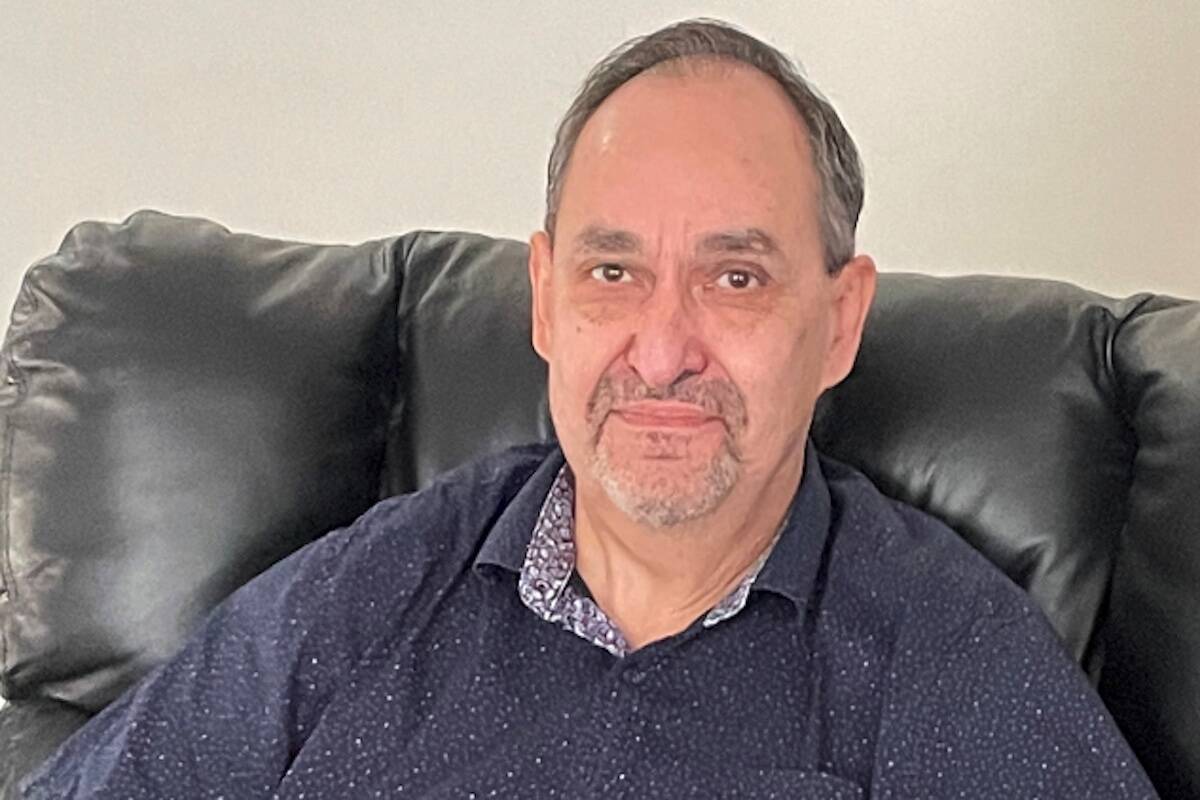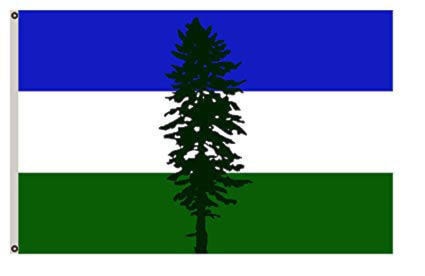~BW Uzelman
Cascadia, as a region, is not well-defined. But Cascadia, The Department of Bioregion, neatly identifies the Cascadia bioregion to include ���߲��о����British Columbia, Washington, Oregon and parts of South East Alaska and Northern California as defined through the watersheds of the Columbia, Fraser and Snake [Rivers]���߲��о����. The Department is unconventional, not just for it���߲��о����s name. The website offers a Cascadia Passport, but the page does not exist. It aspires to place ���߲��о����bioregionalism ���߲��о���� as a viable alternative to capitalism and the nation state.���߲��о���� Shades of Marx? Reliably odd, the Department supports Cascadian independence.
Similarly, in the mid-nineteenth century, disaffected locals proposed the southern counties of Oregon and northern counties of California separate from their states to form the state of Jefferson. Oregonian and Californian authorities evidently did not take kindly to the idea; Jefferson remains merely a dream.
The proposal, however, was revived in the 1930���߲��о����s and 1940���߲��о����s. The New York Times reports, ���߲��о����A group of young men, toting rifles, proclaimed a ���߲��о����patriotic rebellion���߲��о����, in which they would ���߲��о����recede every Thursday until further notice���߲��о����.���߲��о���� Apparently, they once blocked a highway in northern California. A state trooper attended, and the blockaders instructed him ���߲��о����to get down the road back to California���߲��о����. Neighbourly!
Back to Cascadia. The Cascadia Innovation Corridor (CIC) is a mainstream group formed by the Business Council of British Columbia (BCBC) and Challenge Seattle. By linking the cities, from Vancouver, BC through Seattle, Washington to Portland, Oregon, the Corridor ���߲��о����will create opportunity and prosperity beyond what they and their surrounding regions could achieve independently���߲��о����, says the CIC. The Corridor already had a population of 9.3 million and a Gross Domestic Product of $740 billion in 2020.
The stated vision of the CIC ���߲��о����is to become one innovative economic zone���߲��о����, with a focus on ���߲��о����research, economic development and transportation���߲��о����. The CIC promotes existing economic strengths with regional collaboration in healthcare, quantum computing, transportation, blockchain and much more. (Blockchain is known for storing transactions for crypto currency, but it has many potential applications.)
The 2022 Cascadia Conference, organized by the CIC, was attended by the Premier of BC and the Governors of Washington, Oregon and California, along with representatives from business, government, and academia. The premier and governors renewed their commitment to combat climate change, to mitigate its effects and to build infrastructure in the region. And they updated progress on an intriguing proposal for an Ultra-High-Speed Ground Transportation (UHSGT) rail system.
���߲��о����The Cascadia UHSGT system will connect the metro areas of Vancouver, BC; Seattle, WA; Portland, OR, and points between and beyond, with frequent service running at speeds as high as 250 miles per hour���߲��о����, said a 2020 Washington state study. Earlier reports estimated the UHSGT would cost $24 to $42 billion in 2017 USD, and provide up to $355 billion in economic growth and 200,000 jobs in the construction and operation of the system. 3 million annual trips were projected on the emission-free system.
Jock Finlayson and Ken Peacock, in an article for BCBC, demonstrate the importance of our ���߲��о����Cascadian connections���߲��о����. They argue trade with Washington, Oregon and California benefits from their proximity, the size of their economies, and their and our extensive transportation and other infrastructure. The three states buy an astounding 45-46% of BC���߲��о����s merchandise exports to the US, and over half of all BC exports to the ���߲��о����giant US market���߲��о����. Washington, alone, receives 30% of BC���߲��о����s goods exports to the US.
Alas, there is no word on the level of exports to Jefferson!

Bruce W Uzelman
I grew up in Paradise Hill, a village in Northwestern Saskatchewan. I come from a large family. My parents instilled good values, but yet afforded us, my seven siblings and I, much freedom to do the things we wished to do. I spent my early years exploring the hills and forests and fields surrounding the village, a great way to come of age. My parents owned a successful general store. My siblings and I were required to help out in the business, no choices allowed there!
I attended the University of Saskatchewan in Saskatoon. I considered studying journalism at one point, but did not ultimately pursue that. However, I obtained a Bachelor of Arts, Advanced with majors in Economics and Political Science in 1982.
My career has consisted exclusively of small business, primarily restaurant and retail. I was originally based in Alberta, and then BC, first in Summerland, then Victoria and finally Kelowna (for over 20 years). I was married in Alberta, and we have two daughters, who have returned to Alberta as adults for career reasons, as did my now ex-wife. My daughters are successful, and now have families of their own.
I have maintained a healthy interest in politics throughout my adult years, and wish to put that and my research skills to work as a political columnist.
Contact: urbangeneral@shaw.ca
Like us on and follow us on .



